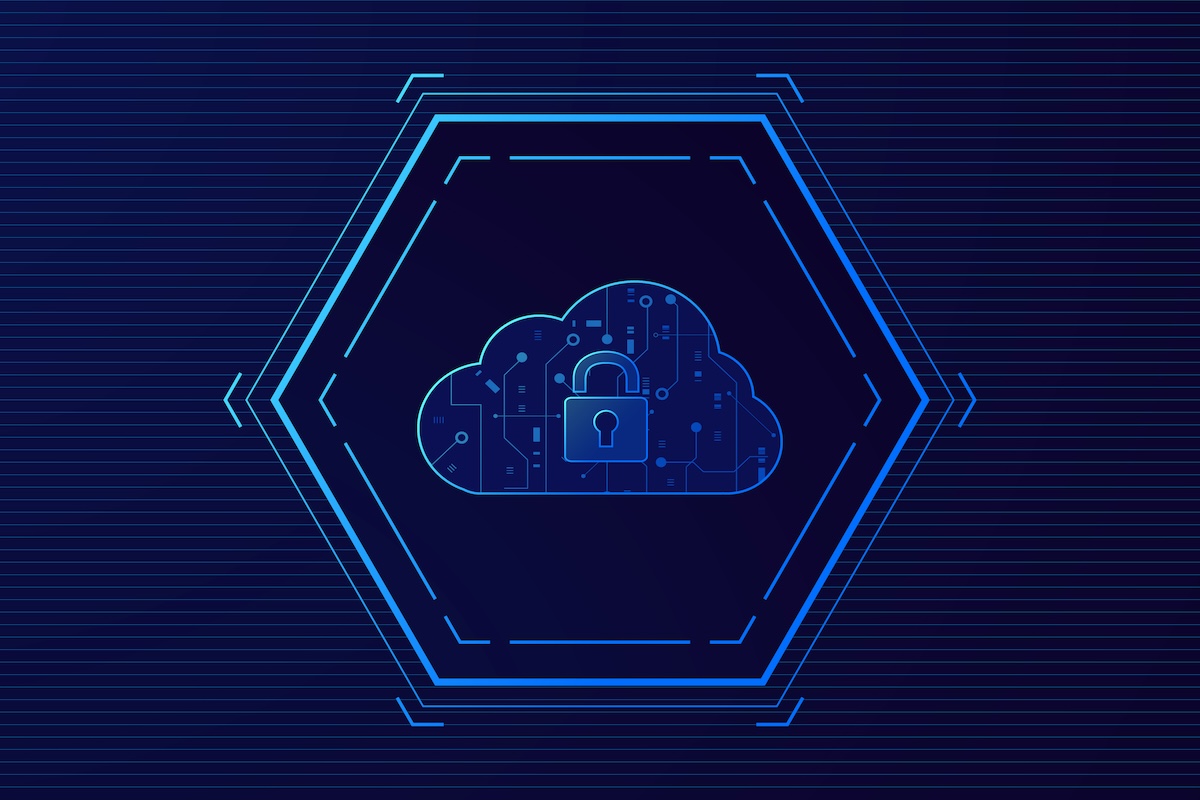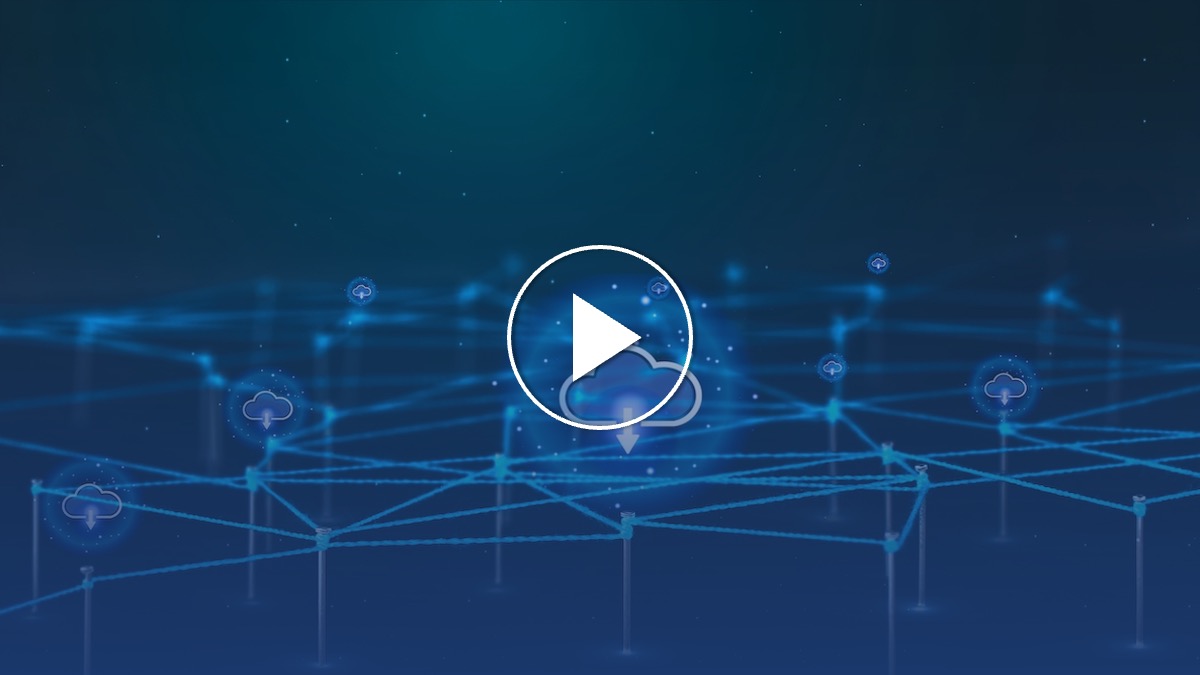SaaS – Definition, examples, opportunities and limitations
After having presented, in previous episodes, the cloud computing service IaaS (Infrastructure as a Service) and PaaS (Platform as a Service) today we move to SaaS, Software as a Service, remembering that the positioning that each type of service occupies within the pyramid, is not random, but represents the interdependence that exists between one and the other. In this sense, each software (SaaS) is based on a platform (PaaS) for which an infrastructure (IaaS) is required.
What is SaaS (Software as a Service)?
SaaS is a service that allows you to achieve a result without worrying about how it was achieved: you benefit from a service without worrying, in any way, about its management. Management is left to the provider.
A perfect example is the Microsoft 365 platform: this is nothing more than a set of guaranteed cloud services where no user intervention is required. Send an email? The user can do it without worrying about how it works and any problems with its operation. Should it not work? Support will resolve all issues.
SaaS Opportunities
The biggest advantage of SaaS (Software as a Service) is that no commitment to management is required: no specific technical skills are required to use it. There is certainty about the cost that in other types of service (IaaS and Paas) is difficult and complex to estimate.
SaaS Limits and Pricing
The main limit of SaaS is the cost: having a complete management, the cost will be higher than if the management was at the expense of the company.
In conclusion
In these 3 appointments we have tried to describe, completely, the types of service that can be provided in the cloud. Remember that there is no “one-size-fits-all” solution for cloud adoption. Companies should evaluate costs and benefits and, therefore, decide which is the best model. In a previous article we showed the main differences between IaaS, PaaS and SaaS in cloud computing.
More about Cloud Enablement and IIoT: An interview with Ian Kanski, CTO of UrsaLeo



